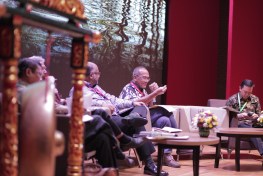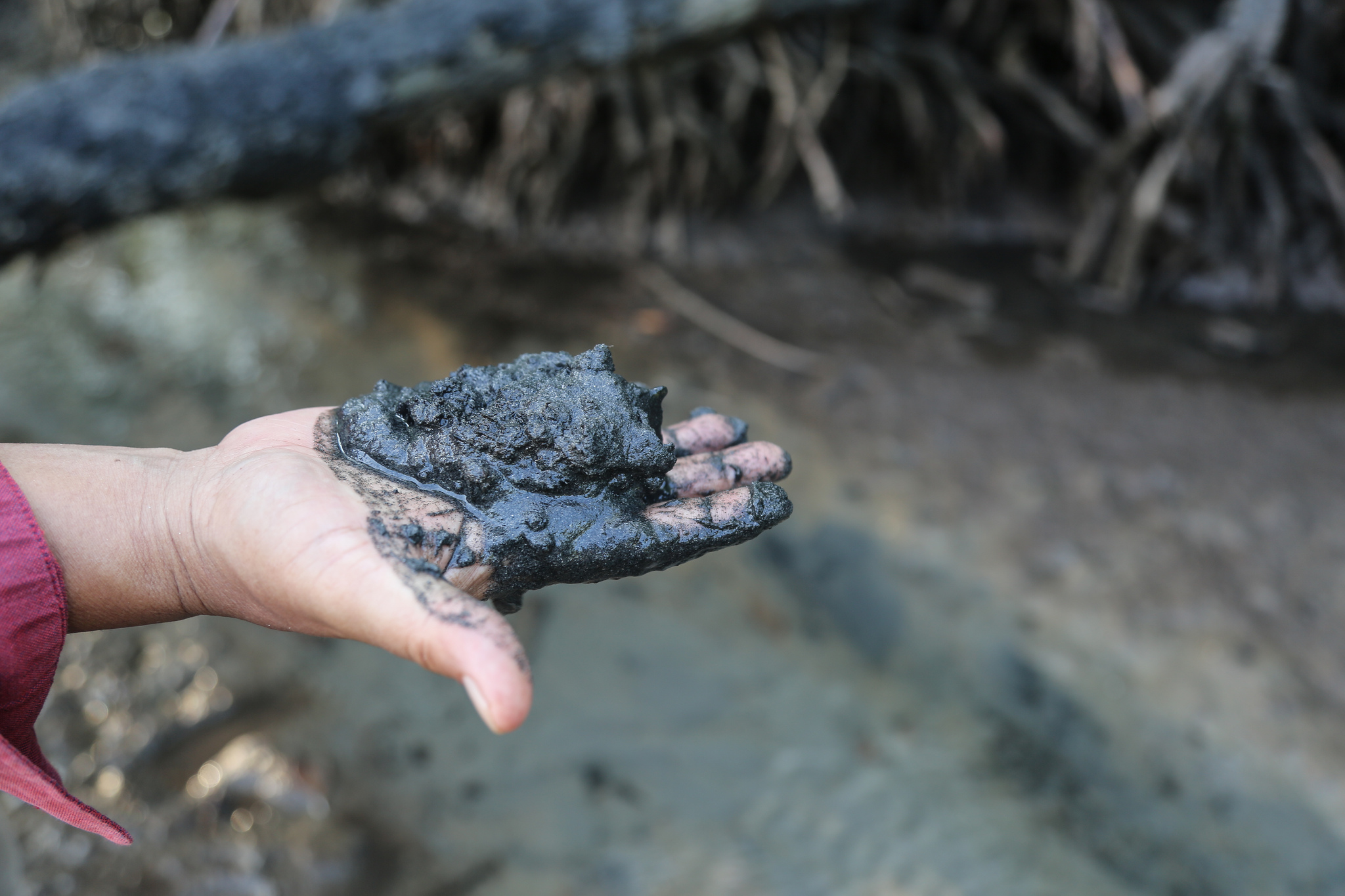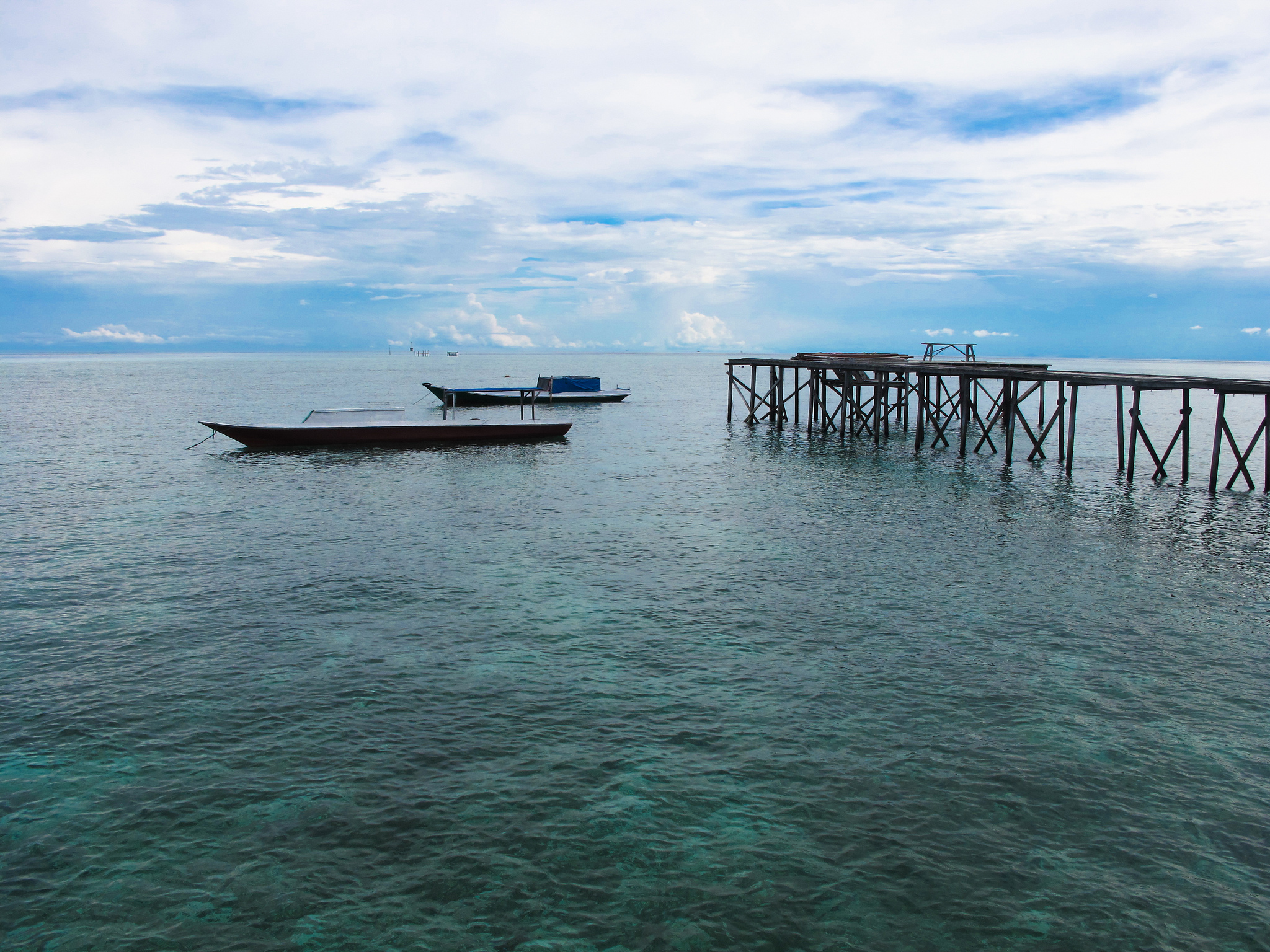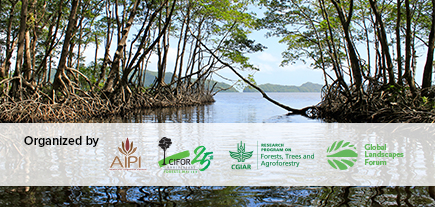The U.S. was uncooperative at the Rio de Janeiro Earth Summit in 1992, and President George H.W. Bush lost a healthy degree of popularity for not signing the proposed Convention on Biological Diversity. But politics often has a second story, and on the sidelines of the convention, Bush told Indonesia’s headshaking environment minister Emil Salim that his abstention stemmed from his congress’s inhibitions, not his own – and when he could, he would prove it.
The following year, Salim received a phone call from Indonesian President Suharto telling him that Bush, now retired from his presidency, had sent USD 16.5 million to Indonesia, with one stipulation: this money must go to support biodiversity.
Along with five others, Salim established the Indonesian Biodiversity Foundation, known as Yayasan Kehati, which will celebrate 35 years of biological conservation and resource management work next year. In this time, the Foundation has carried out everything from major national endeavors – the Tropical Forest Conservation Act in Sumatra and Kalimantan, the Green Corridor Initiative Project in Java – down to small-scale community restoration of mangroves and coral reef. It has also wisely invested a portion of its funding into an endowment that it does not touch, serving as a safety net and a way to bring in new investors, including for its timely new endeavor, the Blue Ocean Fund.
Finance comes in a variety of styles: national budget, private sector, philanthropy, bilateral and multilateral donors, local time and labor, and blends of two or more of these sources. Yet, among the many places money can go within the broad field of climate change and sustainability, it’s becoming evident that finance for marine ventures and ecosystems is becoming crucial – particularly for a maritime nation like Indonesia.
At the Blue Carbon Summit in Jakarta, which examined a comprehensive suite of issues related to coastal ecosystems and the ‘blue’ carbon stored therein, actors from a number of fields and financial institutions – from trust funds to development banks – shared how different forms of finance can help these landscapes and the economies they support. The question is how to shore up such money in the first place.
BLUE FROM TOP TO BOTTOM
With more than 17,000 islands, Indonesia relies heavily on its marine resources to keep its GDP steadily growing at nearly 5% each year, with many priority sectors rooted in its marine-based blue economy: fisheries, tourism, shipping, energy, power. The challenge now is to link them as inextricably as possible to sustainability, particularly by making ‘blue’ projects and investment attractive and viable.
There are a couple of national efforts to do so. For one, there’s the Low Carbon Development initiative, led by the Ministry of National Development Planning (Bappenas) to sustain economic and social growth through projects that reduce greenhouse gas emissions and minimize the exploitation of natural resources.
On an international sacle, Norwegian Prime Minister Erna Solberg established a high-level panel on the sustainable ocean economy earlier this year, which brings world leaders together to achieve the same development goal. Christoffer Grønstad, Councellor at for Climate Change and Forest at the Royal Norwegian Embassy in Jakarta (who said he first became fascinated with mangroves through the exotic settings of The Hardy Boys detective books) said that Indonesian President Joko Widodo is a vital part of this effort.
Setting goals at a high-level is a significant step, but then comes realizing them within a landscape as geographically isolated and varied as Indonesia. ‘Impact investment’ organizations such as the Sustainable Trade Initiative Indonesia (IDH) are now growing in importance, by fostering public-private partnerships as well as local knowledge. This has helped transform, for instance, the aquaculture industry in Aceh, by getting outside financial support to help grow a local, sustainable shrimp cooperative involving more than 11,000 shrimp farmers that deeply know the landscape.
And then there are the purely local efforts, such as Kurabesi Nusantara, an ecotourism liveaboard company that is one of only 12 water-based tourism ventures in the archipelago that deems itself entirely Indonesian, from the wood used to build its schooners to the staff that takes guests diving in Papua’s reefs. As partners with organizations including The Nature Conservancy and the World Wildlife Fund, Kurabasi re-invests in the environments it uses to attract tourists, as well as in the communities therein by offering jobs and requisite skill-building that comes alongside.
We fail to report the real values about mangroves and seagrass
THE TRUE COST
“I’m from the business sector, I come from the bank,” said Rizal Algamar, who worked in banking and private equity before becoming Indonesia Country Director for The Nature Conservancy. “Most of the time I have trouble to understand what the terms are that conservation is trying to achieve.”
He said that from the private sector perspective, it is crucial to know the cost – not just of protecting landscapes, but also of what could be incurred by not protecting them. What does carbon sequestration mean for the Indonesian economy, in terms of revenue and economic growth? If Java’s northern coastline maintains its alarming rate of erosion, what’s the potential damage for infrastructure and incomes?
“We fail to report the real values about mangroves and seagrass,” echoed Ketut Putra, Vice President of Conservation International Indonesia. “We need to look at the risks of not having these landscapes.”
In the context of the private sector, risk is the largest subject of homework that must be done before passing any potential investor’s test. Because private financial investors often don’t have experience mitigating risks in coastal landscapes, they have very little appetite to absorb risks, said Felia Salim, who serves on the board of the &Green sustainable investment fund. In other words, elucidating risks and de-risking sustainable development initiatives is a cornerstone of attracting third party investment – the latter in particular, be that through lowering risks or transferring risks to other partners involved, her own institution included.
The biggest risk, repeated by speakers and participants throughout the Summit, is tenure, both in terms of an investor having full security of their project, and local communities having incentive to contribute to sustainable land management. In areas where local tenure must be disrupted, alternative livelihoods must be offered instead. Marcel Silvius, Indonesia Country Representative to the Global Green Growth Institute (GGGI), said that projects in coastal ecosystems must be designed with inclusivity and social safeguards, which oftentimes means shaping them to fit local communities rather than the other way around.
“Carbon can be easily quantified for how much it’s worth,” he said, “but the real value lies in the socioeconomic value for local communities.”
In this vein, Yayasan Kehati has a guiding principle of ‘barefoot accounting,’ meaning that it sends examiners out into the field regularly to thoroughly examine the community landscapes of potential and current projects. This, Salim said, is crucial to the success of their work, and thus their star record with investors.
“The era of charity is over,” said Muhammad Senang Sembiring, Senior Advisor at Yayasan Kehati. “If you have to sell something, you have to sell investment itself – what are the benefits?”
We want you to share Forests News content, which is licensed under Creative Commons Attribution-NonCommercial-ShareAlike 4.0 International (CC BY-NC-SA 4.0). This means you are free to redistribute our material for non-commercial purposes. All we ask is that you give Forests News appropriate credit and link to the original Forests News content, indicate if changes were made, and distribute your contributions under the same Creative Commons license. You must notify Forests News if you repost, reprint or reuse our materials by contacting forestsnews@cifor-icraf.org.



